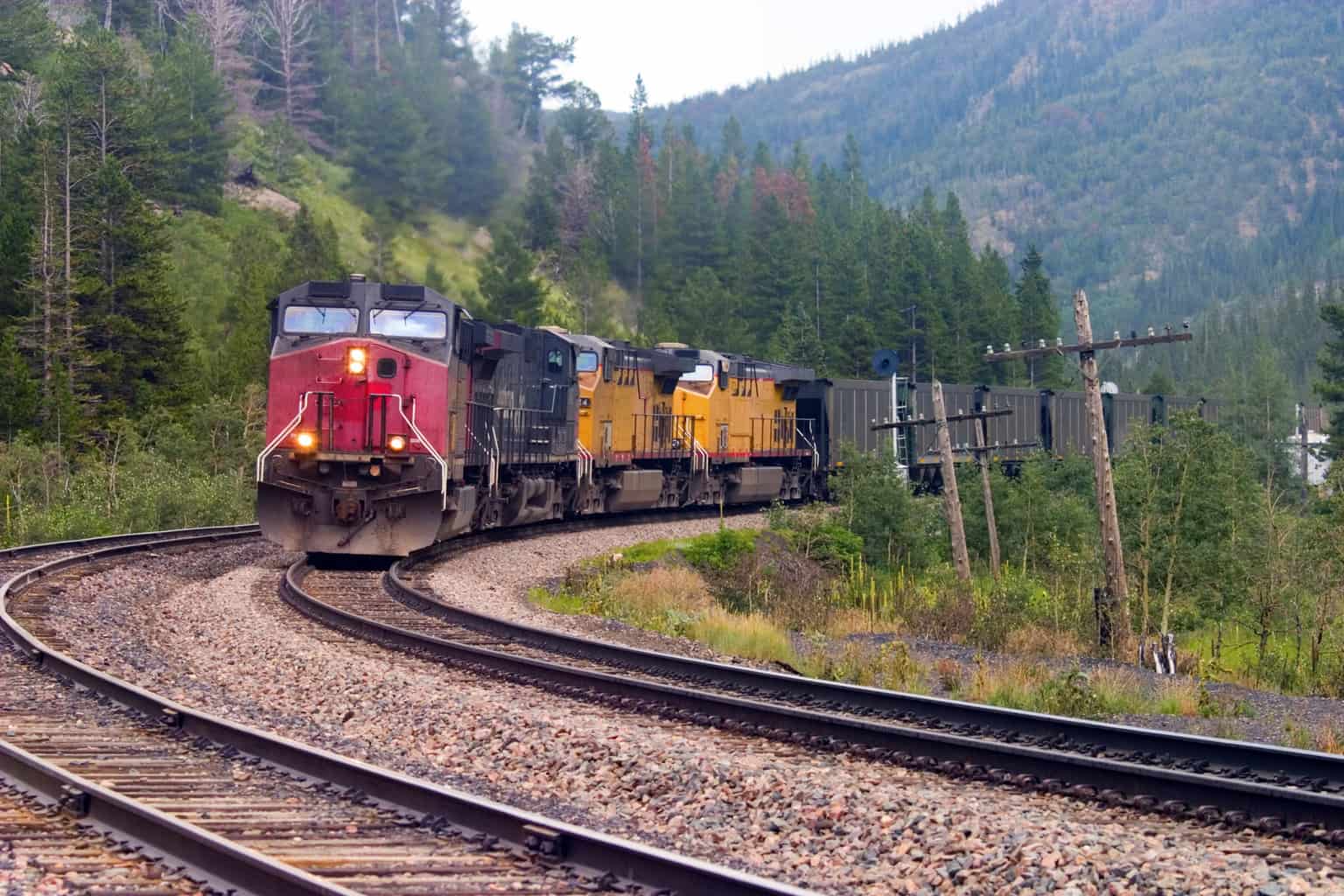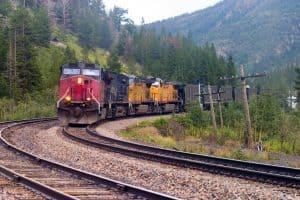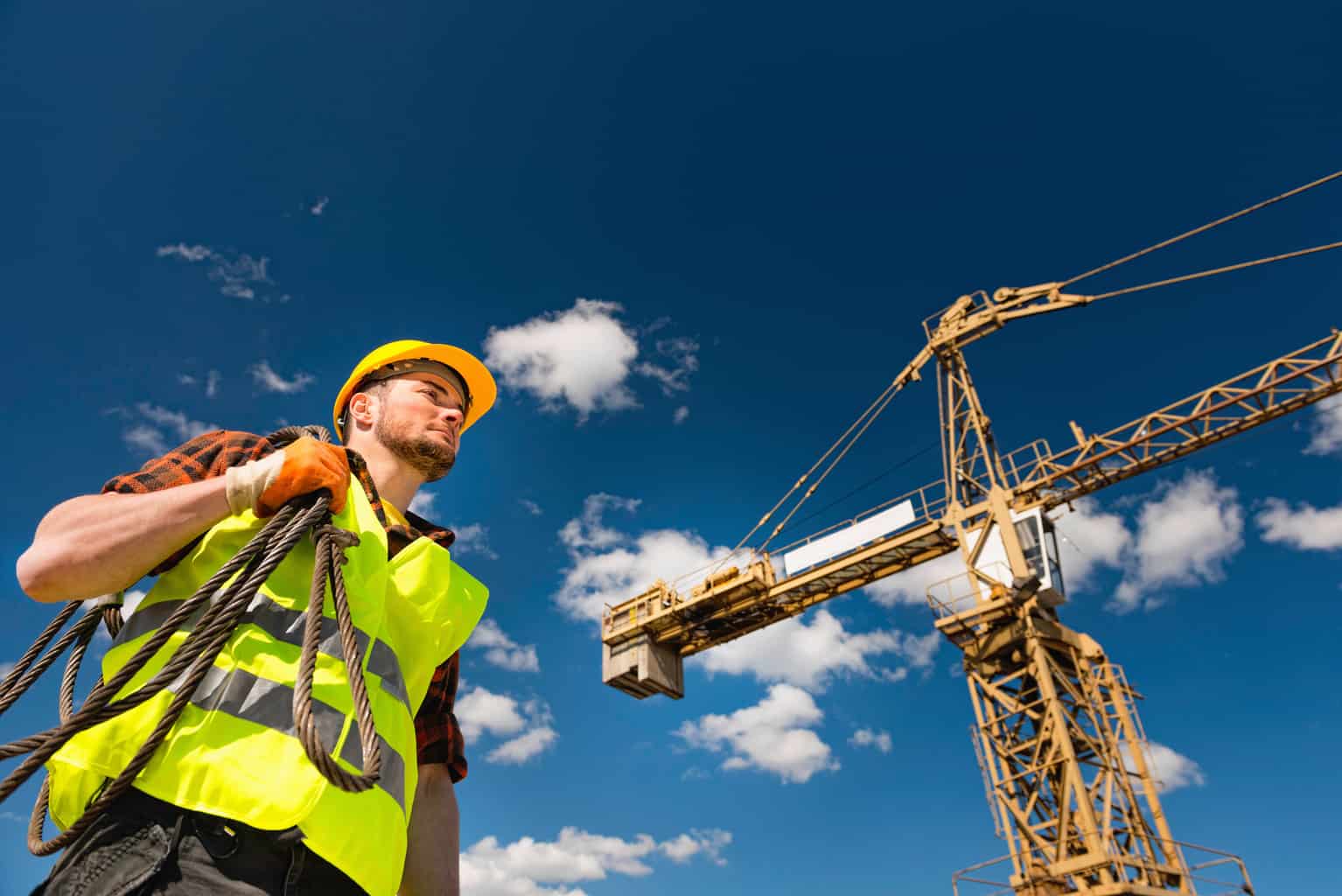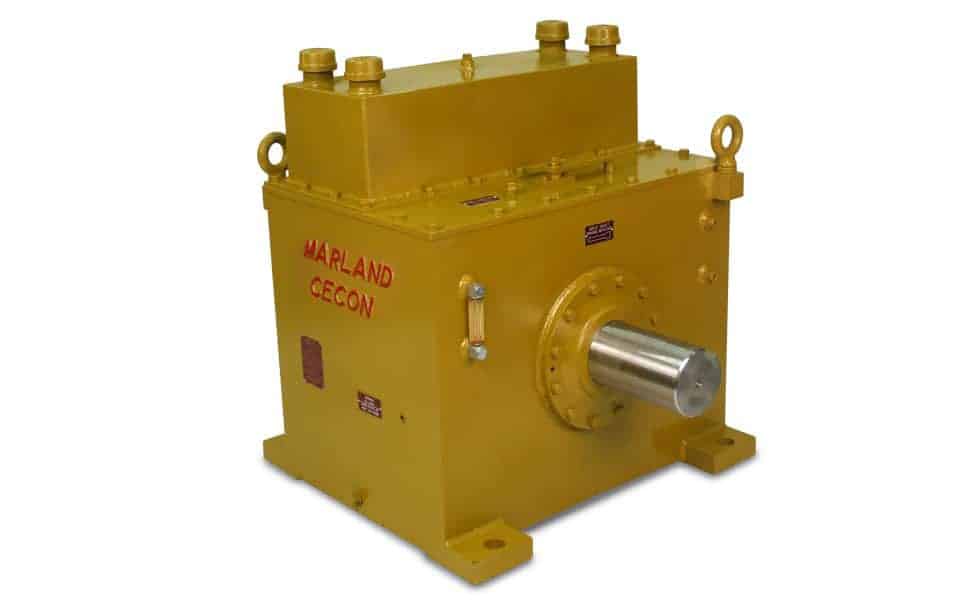Once you have bought a powerful new pump and motor, you will have to make your next big buy: the coupling.
The coupling will be able to connect the two to improve their efficiency. Not to mention preventing wear and tear.
An ideal world would make coupling the driven and driving shafts a doddle.
Unfortunately, it’s not that simple, as they vibrate, move and realign.
Yet, there are couplings to help you to overcome many systems’ flaws.
One of the best types of couplings is, of course, the Altra couplings, and here is why…
The Latest Technologies
Altra is one of the most popular types of couplings, as it offers the latest in coupling technology.
As well as an impeccable design, Altra’s high-quality couplings ensure long-lasting performance. As a result, they are ideal for all environments.
It is unsurprising that many companies use the highly-engineered couplings for various applications.
The Four Different Types of Couplings
Altra has separated their couplings into four areas to meet customers’ needs.
The four Altra coupling types are:
- High-performance products
- High torque products
- General industrial products
- Precision products
So, it is possible to discover the appropriate coupling solution for any application.
The Altra Brands
For more than 150 years, Altra has been providing leading brands, such as:
- Ameridrives
- TB Wood’s
- Bibby Turboflex
- Guardian
- Huco
- Ameridrives Power Transmissions
Altra is proud to be the only supplier that can supply any coupling need.
So, it isn’t hard to see why they have captured the market, as they can support a wide range of industries.
Yet, they do state their target industries are:
- Energy & power generation
- Oil & gas
- Petrochemical
- Binding and metals
Flexible & Affordable Couplings
As you can choose from many types of couplings, you will have greater flexibility.
Customers can choose from lowest installed cost or lowest lifetime costs. So, there is a coupling to suit your needs and budget.
So, whether your focus is long-life or serviceability, you will be able to find the right Altra coupling.
Why Do You Need the Right Coupling?
Weather conditions, operational environments, and foundations are subject to change.
Couplings help systems adapt to these changes, but you shouldn’t settle for any coupling.
It is vital you select the right coupling that is the perfect size for the pump application.
If you don’t, the coupling may not absorb power, counteract misalignment or recover an axial movement.
Conclusion
Couplings determine a pump and motor’s performance, as well as a site’s productivity.
So, it’s important to only select high-quality, adaptable couplings to suit an application.
Otherwise, you might fail to protect the systems, absorb shock or adjust to a misalignment.
Altar’s longevity is, without a doubt, a testament to the quality of their products.
With many types of couplings to choose from, you can be sure you will find the perfect option for your needs.
Do you have any tips when it comes to picking the perfect couplings? We would love to hear your thoughts. Please leave a comment below.


 Manufacturers and suppliers have been hard at work over the past year making improvements to friction materials, methods, and management for
Manufacturers and suppliers have been hard at work over the past year making improvements to friction materials, methods, and management for 


 Any job working with heavy equipment demands only the very best in parts and supplies. Sourcing less than quality parts could cost people their lives.
Any job working with heavy equipment demands only the very best in parts and supplies. Sourcing less than quality parts could cost people their lives.